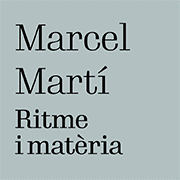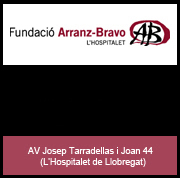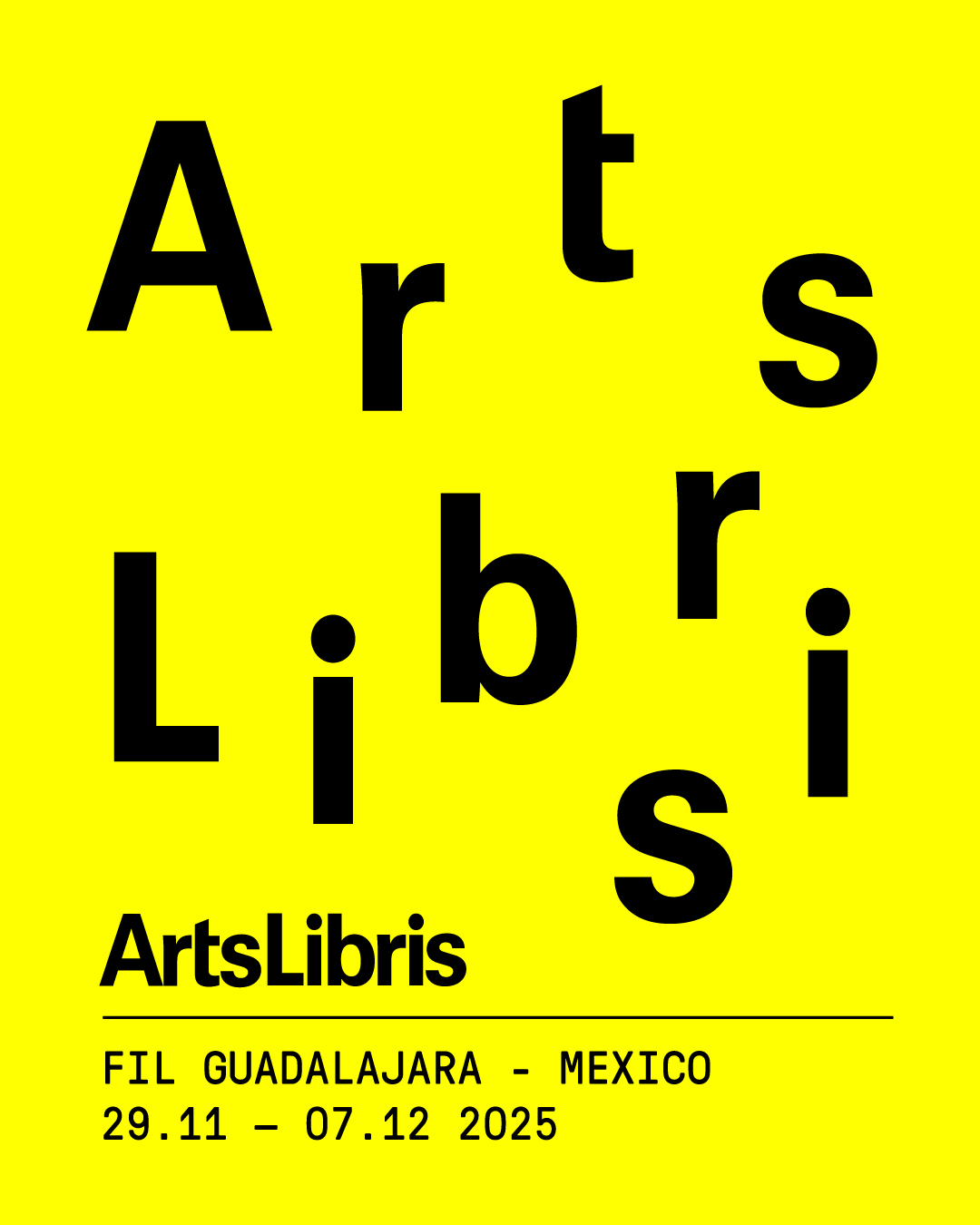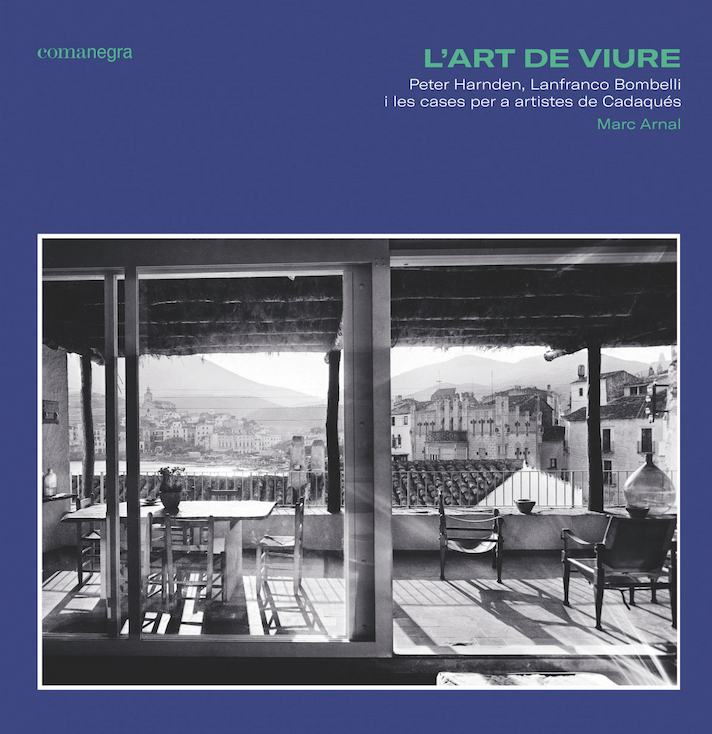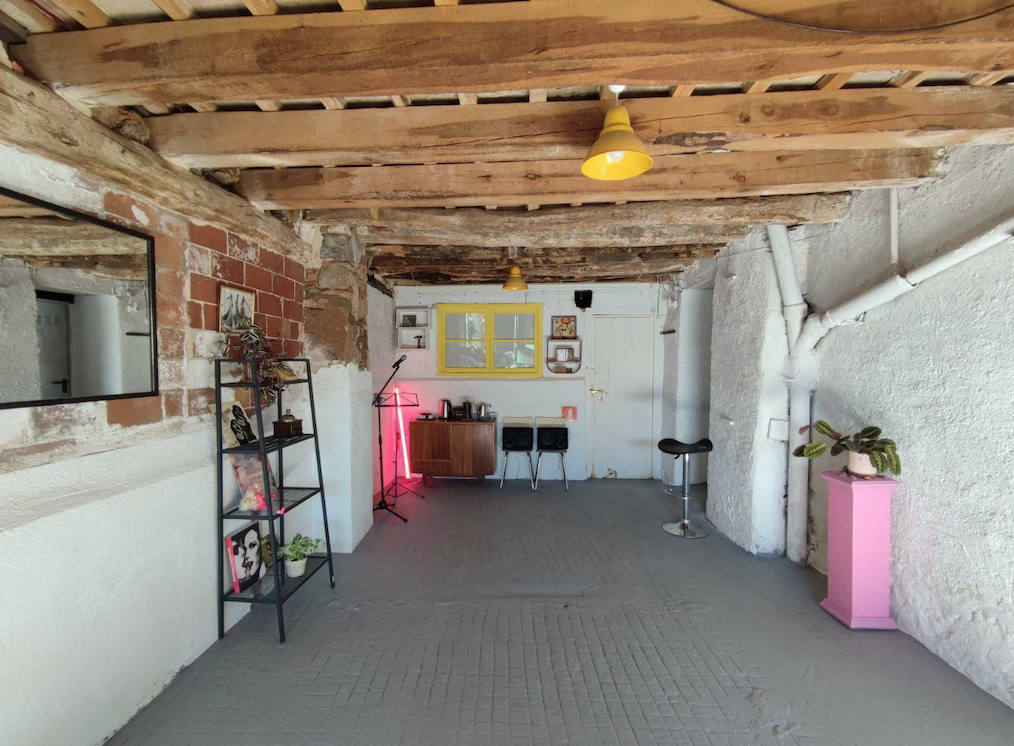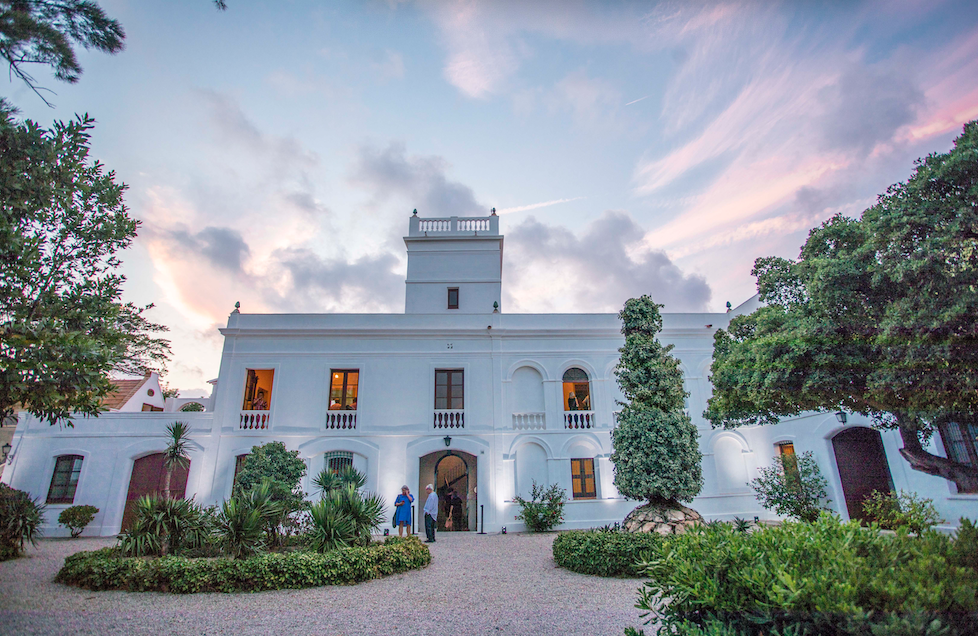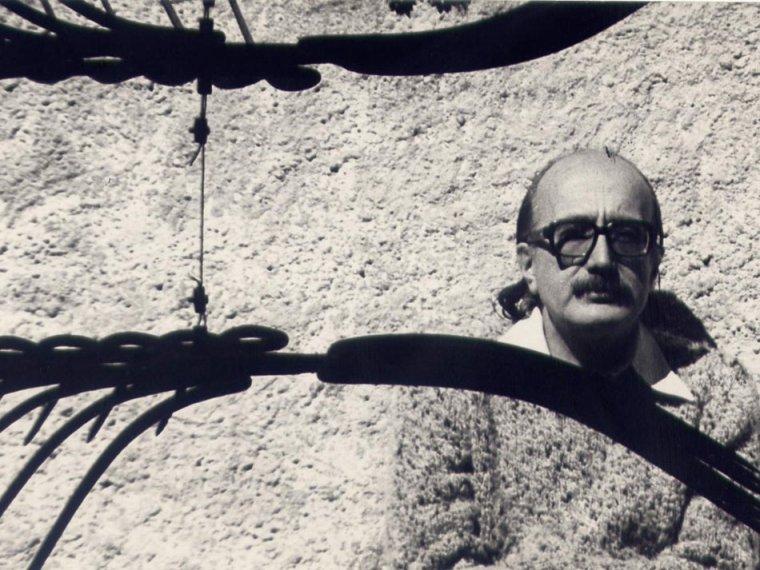Exhibitions
Art and word. Crossroads
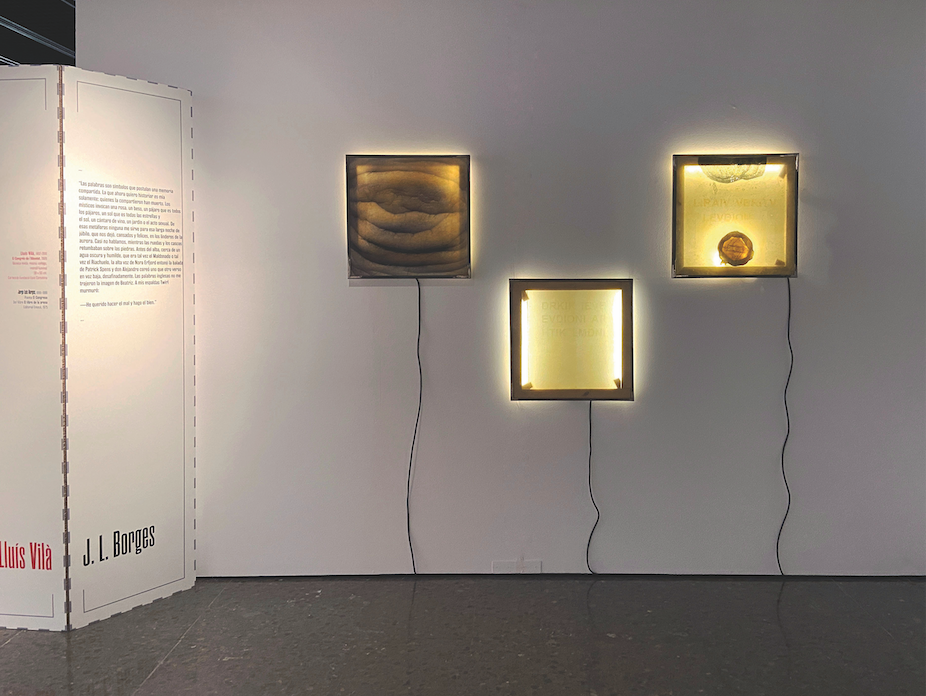
At a time when we need to question and rethink everything, when the arts are becoming more liquid than ever, when things are as before and everything has to change, maybe it's time to stop, look where we are, which of the paths made must have projection in the future, or perhaps we need only look for a little poetry.
With this criterion was born the idea of the project of the exhibition Art and word, visual works and poetry dialogue to show the union of two artistic expressions that have always walked hand in hand. Poetry as a generator of images and sensations has always had a strong link with the visual, the poet has brought us closer to the creation of images and the visual artist has embodied them in work. This relationship has been a reality that has left a strong mark, Joan Miró himself did not establish any difference between poetry and painting and in his work visual creation was always linked to the intellectual proposal, Vicenç Altaió says it very clearly, just now that his book Joan Miró i els poetes catalans has been published, when he states that Joan Miró made no distinction between a literary poem and a plastic poem.
Different generations of artists and poets show us that it is often difficult to find out where the artist begins and where the poet ends, as the works of Gerard Altaió, defined as the artist of the text, clearly show when he acknowledges Ausiàs March. very close to the visual poem, or the work of David Ymbernon where he constructs a poem from a vital anecdote told by Joan Brossa. In some works the poem is transformed into an artistic object and the word invades the visual work as in the case of the phylactery created by Jesus Galdon in close relation with the work of Carles Hac Mor or the poem dedicated to the memory of Angels Moreno who fills the work of Anna Llimós with words. While Mar Arza makes the words of Llull and Estellés appear and disappear.
The presence of women has been deliberately sought after and reflected in different artistic languages, in this way Ester Xargay creates an installation based on the words of Felícia Fuster, and Francesca Llopis, a video with the words of Maria Mercè Marçal. In the same vein, the activity Paraula viva recreates the works of the poetesses through the dance of Mireia de Querol and the voice of Neus Borrell.
The painting also has its place with the work of Josep Guinovart dedicated to Joan Oliver and that of Amèlia Riera dedicated to Espriu with the incorporation of a verse in the work; for its part, the sculpture is present with a work by Jordi Tolosa dedicated to a little-known aspect of the work of JV Foix and Lluís Vilà presents us with collages of light and fire where an impossible cartography shares doubts and silences with JL Borges.
Various arts and languages come together in an exhibition produced by the Fundació Lluís Coromina - with the support of the Institution of Catalan Literature and the help of Òmnium Terrassa - which will soon be presented at the Factoria Cultural de Terrassa but was born with the desire to travel to spread the voice of artists and poets.
Until January 23 at La Factoria Cultural (Terrassa)


